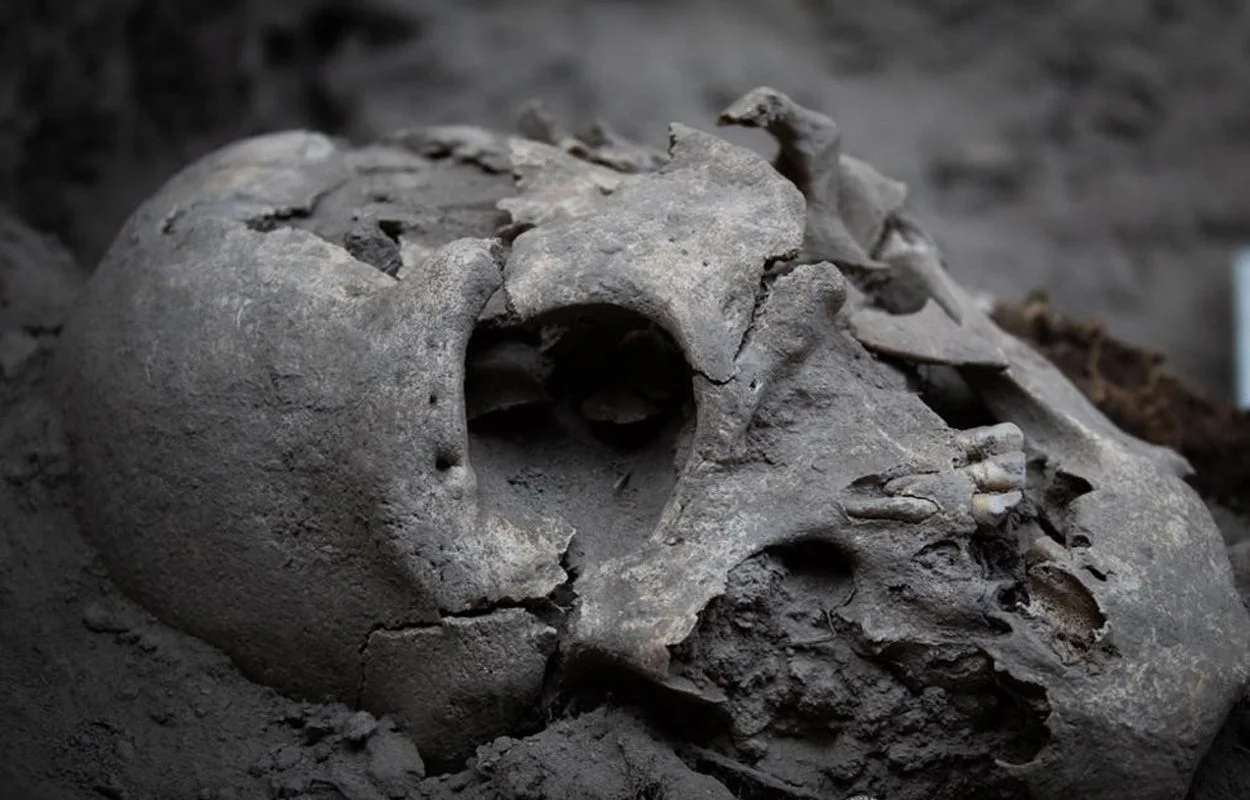The Janamabre were an ethnic group of nomadic hunter-gatherers that opposed the colonisation of the northeast of New Spain, Mexico, between the 17th and 18th centuries.
At the time, the Kingdom of New Spain was a territorial entity of the Spanish Empire, which was formed following the Spanish conquest of the Aztec Empire in 1521.
The discovery was made after archaeologists from the National Institute of Anthropology and History (INAH) were notified of possible human remains in a rock shelter located in the Huizachal Canyon in Tamaulipas.
The remains belong to a male individual between 35 and 40 years of age, which the researchers have suggested corresponds with the Janambre Culture. The skeleton was found in the middle part of the shelter at a depth of 18cm’s and was buried in a shroud made from a bundle of vegetable fibres and flexible wooden rods.
Also discovered in the burial are three Cameron point arrow heads and numerous carving debris, indicating a lithic industry that took advantage of the natural resources of the region.
According to INAH, the discovery will allow the team to learn more about the physical characteristics of the Janambre, in addition to the material culture of which very little is known archaeologically. This is due to their nomadic lifestyle that used perishable goods on their way through the Sierra Madre Oriental mountain ranges.
Archaeologist and historian, Carlos Vanueth Pérez, said: “the discovery allows us to contrast the archaeological data with the ethnohistorical investigations carried out in the 20th century by scholars such as Gabriel Saldívar, Guy Stresser-Péan and Octavio Herrera, who highlight the importance of the janambres in the dispute over the territory renamed Nuevo Santander (a region of the Viceroyalty of New Spain).”
Header Image Credit : INAH Tamaulipas Centre
